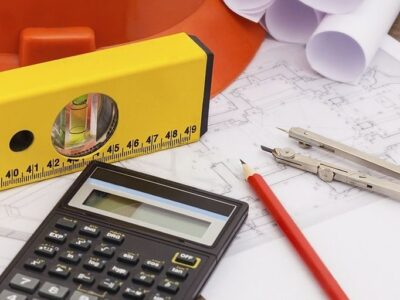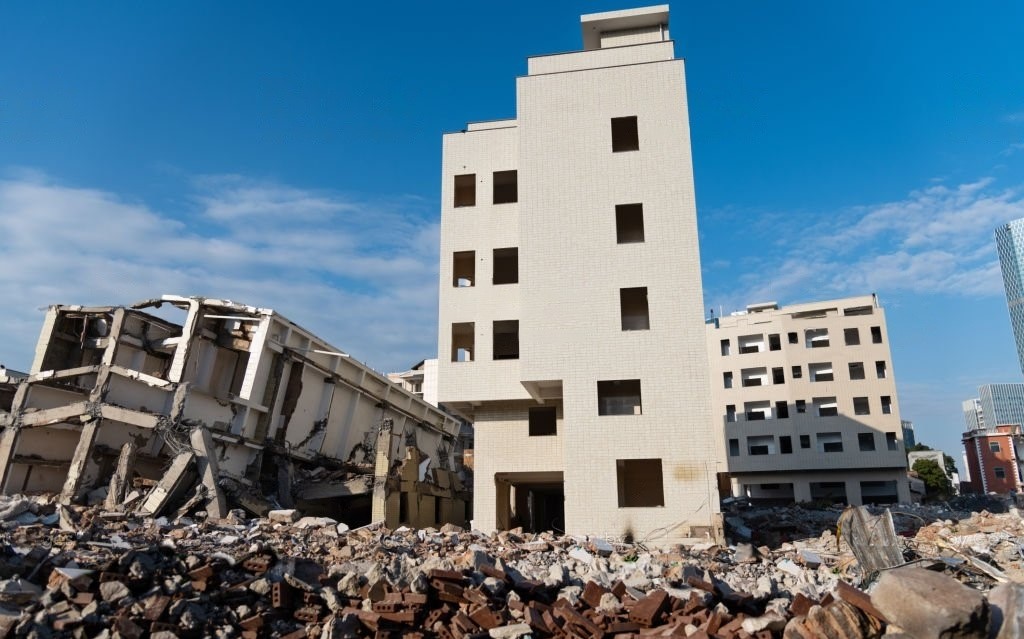Design of Earthquake-Resistant Buildings تصميم الأبنية المقاومة لأفعال الزلازل ( الكود الاردني الجديد)
DESCRIPTION Course Topics Part 1: Earth Geography and Earthquake Formation Mechanisms Tectonic plates and their formation. Exploring the Earth’s layers and their primary components. Defining earthquakes and emphasizing the importance of seismic-resistant structural design. Understanding types of earthquakes, their formation …
Overview
DESCRIPTION
Course Topics
Part 1: Earth Geography and Earthquake Formation Mechanisms
- Tectonic plates and their formation.
- Exploring the Earth’s layers and their primary components.
- Defining earthquakes and emphasizing the importance of seismic-resistant structural design.
- Understanding types of earthquakes, their formation mechanisms, and their consequences.
- Defining seismic waves, natural frequency, and their interrelation.
- Types of seismic waves and their effects on structures.
- Mechanisms of building response to seismic forces.
- Structural systems for seismic resistance and their effectiveness.
- Irregularities in building configurations and strategies for addressing them.
Part 2: Seismic Analysis
- Seismic design codes and standards for earthquake-resistant structures.
- Calculating seismic parameters and their definitions according to the updated codes.
- Determining the seismic classification of buildings.
- Load requirements for seismic design as per code specifications.
- Calculating design seismic loads.
- Computing lateral shear forces generated by earthquakes.
- Determining moments caused by seismic forces.
- Distributing shear forces across structural elements.
Part 3: Seismic Design
- Designing columns and shear walls to resist seismic actions.
- Shear wall distribution and its influence on seismic design.
- Calculating the center of mass and center of rigidity for seismic resistance.
- Code provisions for seismic structural design.
- Impact of seismic forces on non-structural elements.
Part 4: Seismic Design Requirements and Recommendations
- Key recommendations for designing earthquake-resistant buildings.
- Explaining causes of structural failures due to earthquakes and strategies to avoid them.
- Introduction to the evaluation and retrofitting of existing buildings.
What you will learn and Course outcomes:
- Providing the engineer with the skill of designing Earthquake resistant buildings according new Jordanian code.
- After completing the course, the trainee will be able to prepare an approved seismic report.



